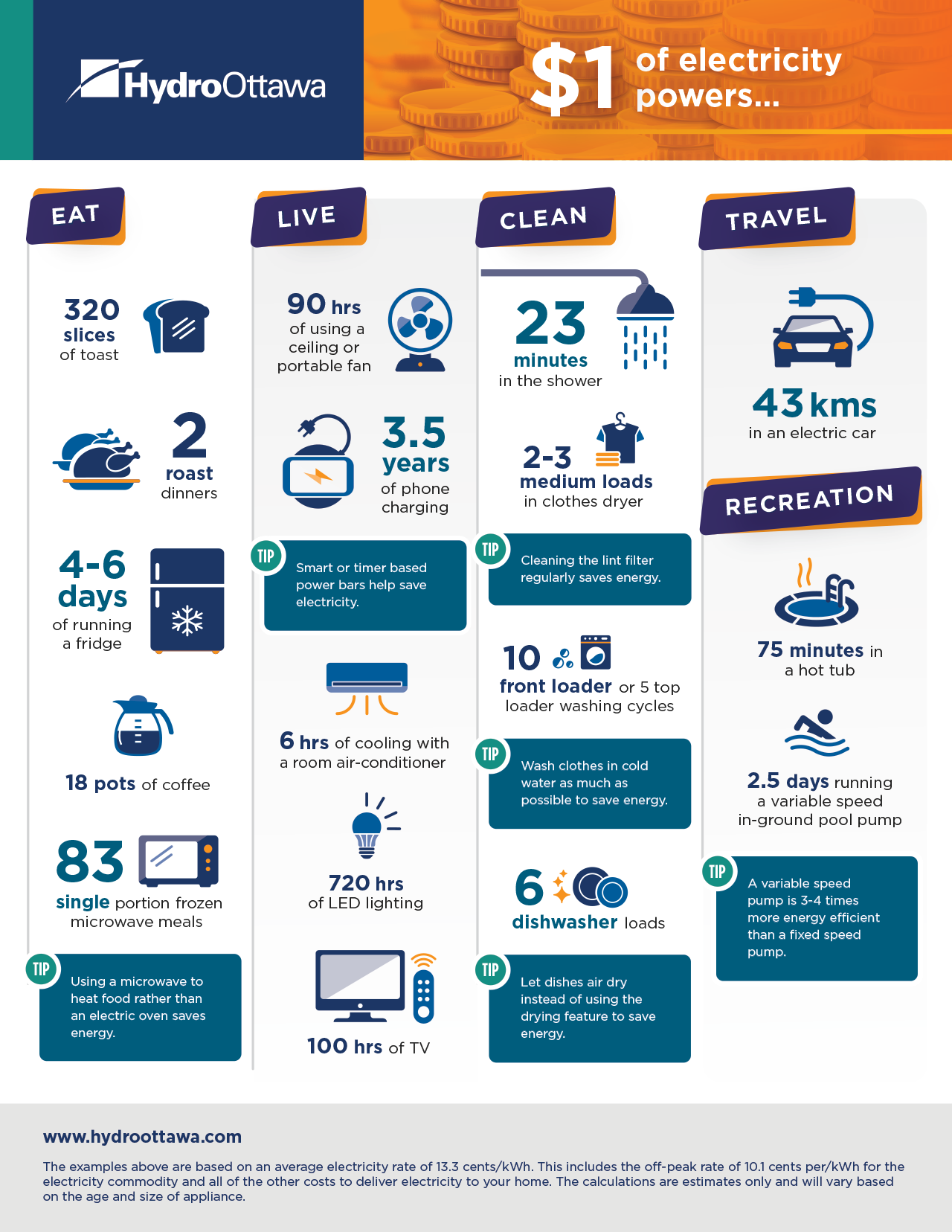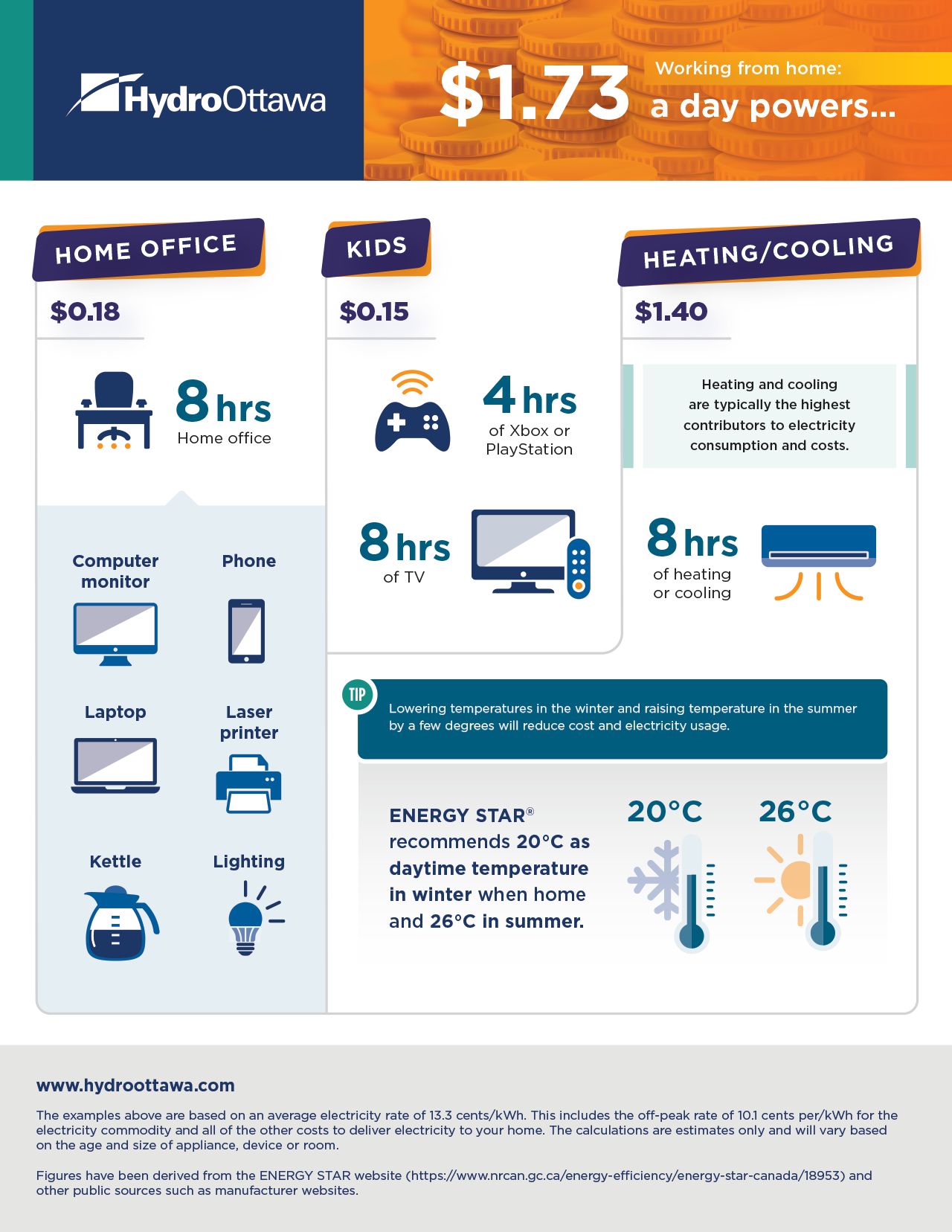In a matter of just a few months, we’ve seen our world transformed as a result of the COVID-19 pandemic, and our way of living changed with it.
We’ve seen our habits and routines shift dramatically. In Canada, province and city-wide lockdowns have prevented people from leaving their homes, running their businesses or participating in leisurely activities as they would under normal conditions. A state of emergency has required that only businesses deemed essential be permitted to operate, and that non-essential businesses allow staff to work from home if they can.
As a result of this prolonged lockdown, we are seeing new energy use patterns emerging. Across the country, Canadians are not only consuming less energy, they are using it differently. Hydroelectric utilities are observing significant system demand reductions. In Ontario, for example, overall electricity consumption is down by 10 to 12 per cent. Utilities expect this decline to continue as the lockdown remains in place. Commercial energy demand has also reduced significantly. Small-commercial business energy consumption has dropped by eight to 12 per cent and peak demand has dropped by 14 to 17 per cent. Given how many businesses are no longer operating or have adjusted to have their staff work from home, this is not a surprising shift. With more people committing to self-isolate at home while working, studying, and caring for their loved ones, there has been a slight rise in residential demand. Residential electricity consumption has increased by four per cent and peak demand has increased by two per cent. This begs the question, how, specifically, is COVID-19 shifting consumer habits and lifestyles with regards to our energy footprint?
At the end of April, Hydro Ottawa reached out to customers for feedback over Twitter. In a series of polls, with over 1,800 votes, respondents revealed the following changes to their energy-related habits during the COVID-19 quarantine:
- 80.3 per cent are charging their handheld devices more
- 72.1 per cent are baking more (we see you bread lovers)
- 82.6 per cent are ordering take-out food less
- 58.3 per cent are playing video games more
- 55.3 per cent are doing laundry less
These results were in agreement with data pulled by Hydro Ottawa analysts.
When comparing April 2020 to April 2019, Hydro Ottawa observed a lower, flatter rise in energy use during the morning, with peak demand delayed by four hours. Morning routines appear to have the largest difference in energy consumption, indicating a collectively slower pace to start the day. Overall, there is also an 11 per cent average hourly reduction in energy use during the week and a 10 per cent average hourly reduction on weekends. An expected exception, however, is that hospitals are showing a three per cent increase in energy consumption. #ThankYouFrontlineWorkers
During what everyone hopes to be a short-term fight, these emerging energy habits have us speculating on what could become a new normal for day-to-day routines, and for our long-term energy footprint.
A new trend in energy habits could serve as a pivotal time to shift to a more sustainable way of using energy – for consumers, utilities and the energy sector, our country and beyond. Since lockdowns have been in place, experts are already observing a reduction in carbon emissions across the globe.
But shifting our energy footprint requires a collective effort. From a recent article on GuelphToday, Executive Director of eMerge, Evan Ferrari, stated that “If everyone is doing their laundry, dishwashing, and cooking at exactly the same time […] our CO2 emissions go through the roof. From a climate change perspective, we call it peak shaving. If we can shift the use of electricity away from that peak, we reduce the fossil fuel that's burned.”
As we strive to ‘flatten the curve’ for peak energy use, utilities, like Hydro Ottawa, will have an important role to play. This role will involve further educating on energy conservation practices as new habits form so consumers can feel empowered over their energy use and their role in shifting our collective energy footprint. Utilities will also need to adapt by making adjustments based on new load demands and patterns, and by investing in clean, renewable energy options. In addition, new infrastructure may be required to meet the needs of a growing population working from home (and who continue to do so after the lockdown is over), and there may need to be changes in how electricity is stored and distributed. Amidst these changes, it will be crucial to adopt new procedures such as leveraging automation and emerging technology and minimizing person-to-person contact, all while maintaining safe and reliable electricity delivery to keep communities – and people - connected.
Whatever may be required, Hydro Ottawa is looking ahead with the best interests of its customers, our community and with environmental sustainability in mind.
In the meantime, here are some helpful infographics that provide insight into how to get the most out of every dollar spent on electricity:

